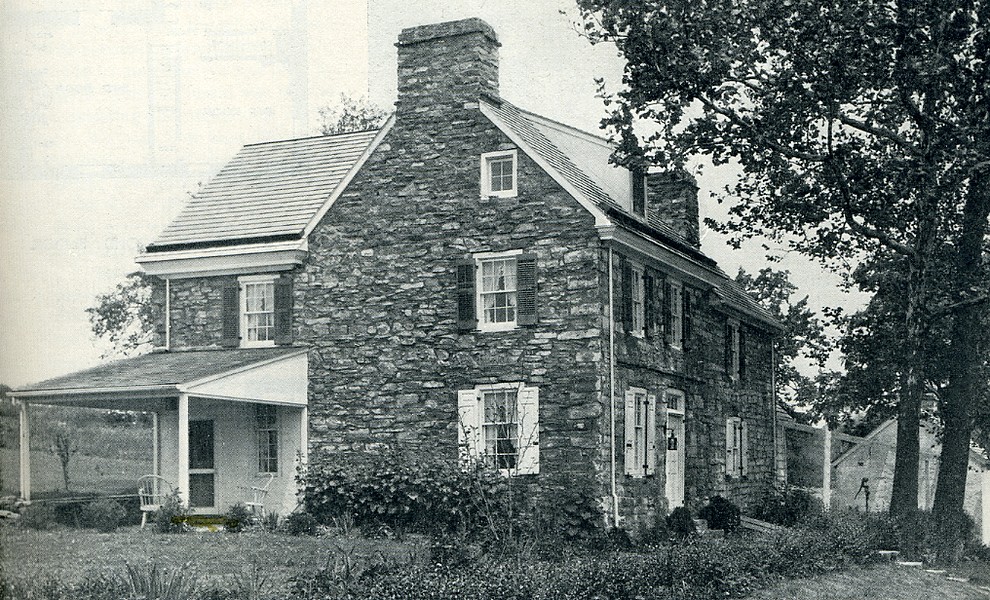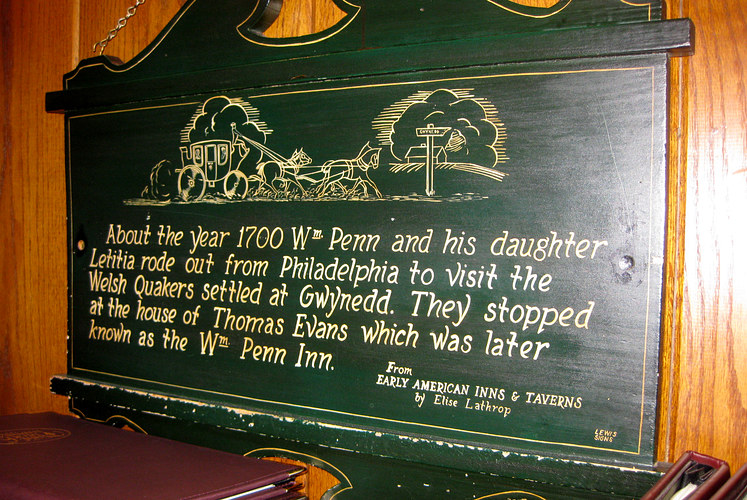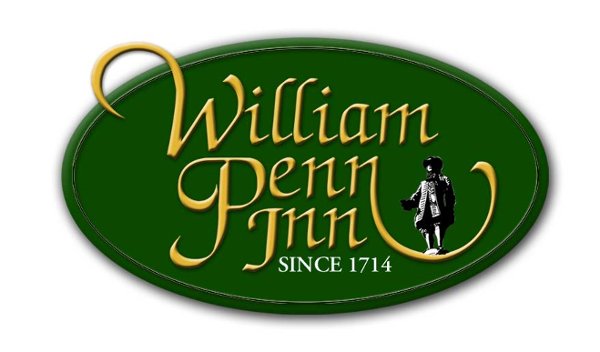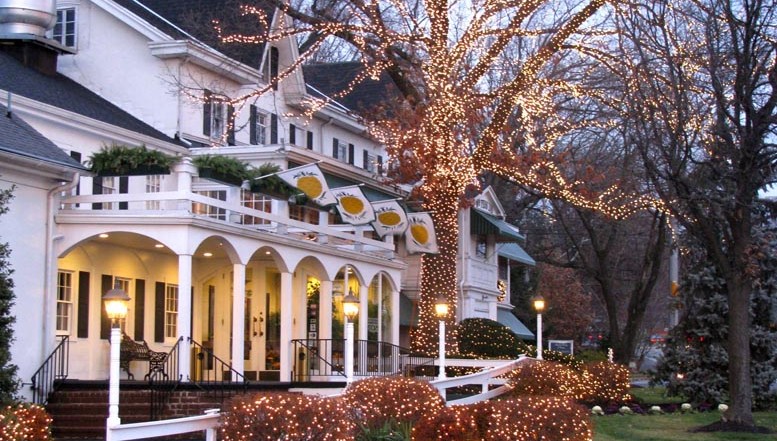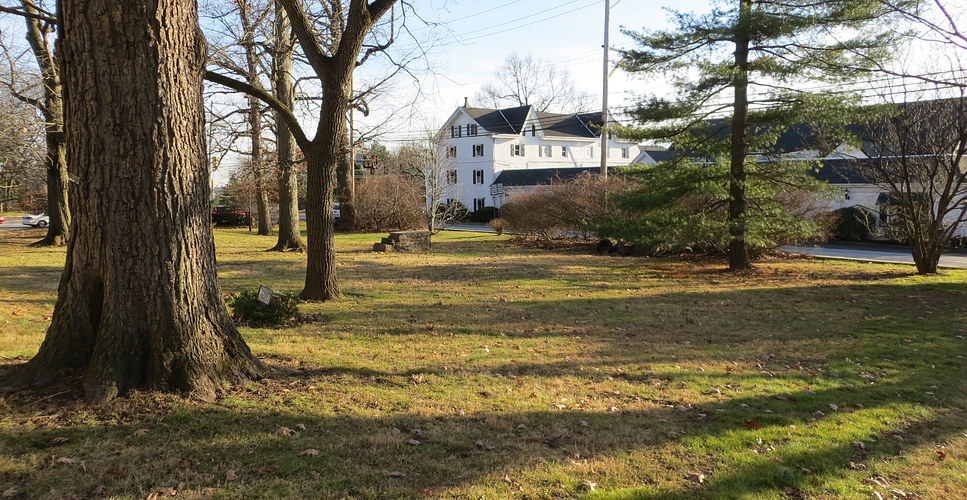|
Note: The locations of the
areas in this narrative are
Upper Gwynedd and
Lower Gwynedd townships in Pennsylvania. (Formerly
Gwynedd Township before it was split in two in 1891)
Our search for two
old Welsh houses.
|
Preface
Thomas and Robert Evans were two of four
Welsh brothers who, along with several other families,
settled Gwynedd Township in 1698. Thomas and his cousin
William John were sent to Philadelphia ahead of "The Gwynedd
Company of Friends" to purchase a tract of land for the
group to settle. They bought 7280 acres from a
Philadelphia Quaker named John Gee and it was deeded to them
by none other than William Penn. They named the township "Gwynedd"
after their homeland. In the summer of that same year the company arrived
in Philadelphia and the entire township was divided and
settled.
Thomas and William had
purchased a forest. One can only imagine the anxiety they
were going through, knowing their brethren were on their way
somewhere out in the Atlantic Ocean, and trusting in them to
do the right thing. At the same time, the company had no way
of knowing if Thomas and William even survived the voyage.
They were too busy throwing dead bodies overboard the
Robert and Elizabeth as an
outbreak of the bloody flux (dysentery) culled their numbers, including
William John's sister, Margaret.
Gwynedd in Wales, UK is a mountainous region with a rich
history, a place where castles dominate the high ground and
the landscape is breathtaking. Whether the company approved
of the purchase of a forest or not, there was no going back.
A forest was preferable to prison for a Welsh Quaker in
1698. Ironically, after losing 45 people on the journey to
America, there were only two Quaker families left in the
company. Everyone else was Episcopalian! (Two years later
most of the Episcopalians would become Quakers.)
About a dozen families settled Gwynedd,
PA. Do
any of their homes still exist? Where were they located?
In the book "Historical Collections Relating
to Gwynedd" Howard Jenkins writes, "Thomas's house, where
Heist kept tavern ninety years ago, is on the turnpike just
above Evans's Run... and now owned by Fritz Hartman."
The next sentence states, "Robert's house was where Silas
White now lives..."
This most excellent and informative book
presents a problem for the modern reader. It was written in
1884 for a contemporary audience when Gwynedd was 98 percent
farmland.
The locations for the other two brothers' homes,
Owen and Cadwallader, are even more ambiguous. The book
states, "Owen
Evan's place was that now occupied by Ellen H. Evans." and "Cadwallader's
house... is now the residence of M. L. Bellows." Apparently,
in 1884 everyone knew where Heist had kept his tavern,
where Fritz Hartman and Silas White lived, and knew Ellen
Evans and M. L. Bellows.
The only modern clue we have was the word "turnpike,"
which in 1884 was "The Sumneytown and Springhouse Turnpike,"
now called Sumneytown Pike. The turnpike went from
Sumneytown to Springhouse. What are the odds? Springhouse is
in the lower part of Gwynedd and the pike goes through
the center of the township, having evolved from the
Maxatawney Indian trail. Therefore, Thomas Evans' house is on
Sumneytown Pike. If we can figure out what "Evans Run"
is (or was) we can find the house. |
